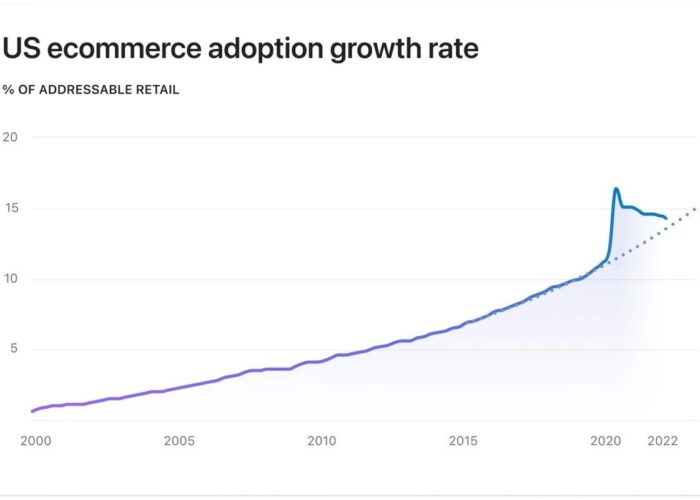The beginning of a new business is full of excitement and challenges. Which products or services will solve our customers’ problems? How can we get our products to market and grow quickly?
As entrepreneurs we know these are critical issues that must be refined during the early years of a new enterprise. Unfortunately, how to raise money to launch the business and with whom to partner can become secondary topics early in the development of a new business. Whether its utilizing capital from friends and family, another business owner, or a wealthy benefactor, the initial capital providers may not be the best fit for your business as you look to grow to the next level.
Here are 3 questions to ask yourself as you contemplate the current state of your ownership structure:
- Are all of the shareholders of the business actively involved in helping to grow the business or do you find yourself principally responsible for the late nights and heavy lifting?
- Have conflicts of interest arisen where you want to drive growth but other shareholders prefer distributions rather than reinvesting in the business?
- Are some of your shareholders wanting to exit the business (sell their shares) but you want to grow your level of ownership and grow the business?
If you answered yes to any of these questions, then you probably should reconsider your ownership structure. The good news is that there are solutions to shareholder situations like this. Often times, they require a meaningful financial transaction whereby certain shareholders are bought out and replaced by new capital providers that have aligned interests with the remaining shareholders. These recapitalizations often result in the CEO and/or initial founder increasing his/her level of ownership following the transaction. In addition, it is possible for the CEO to not only buyout unproductive shareholders, but also realize a partial cash-out simultaneously with the buyout of the former business parter(s).

A recapitalization transaction that aligns the shareholder base and is structured to incentivize growth is often critical for a middle-market business to reach the next level of its potential growth.
Key considerations that need to be appropriately addressed in a recapitalization include:
- Does the new capital provider understand my business and are they willing to provide more than funds to facilitate growth?
- Are there key areas in my business (e.g. open senior management positions, development of new sales channels, implementing of a growth by acquisition strategy) where a new capital partner could provide meaningful benefit to the Company’s growth?
- How much leverage (debt) am I comfortable utilizing before it overburdens the business?
The answers to these questions are critical to executing a successful recapitalization. To achieve an optimal outcome, invest the time and energy in identifying the critical areas of success for your business over the next 5-10 years. Make sure you choose the right partner that shares the same vision for the future of your business. Building a relationship with a new partner in advance of a transaction can be extremely beneficial to ensure all parties are in alignment and are comfortable in working together to execute a winning strategy.
Difficult shareholder situations (such as those outlined above) typically result in a meaningful drag on a Company’s financial performance. A shareholder base that is not in alignment can be as big of a problem for your business as poor product development, employee culture, or financial management. A recapitalization transaction with the right capital partners can create value for all shareholders and optimize the Company’s ability to achieve its highest potential.




